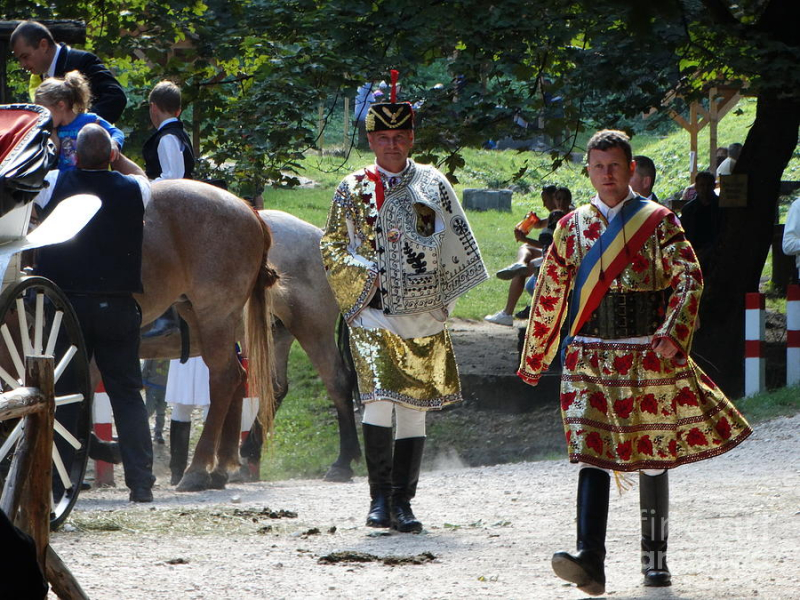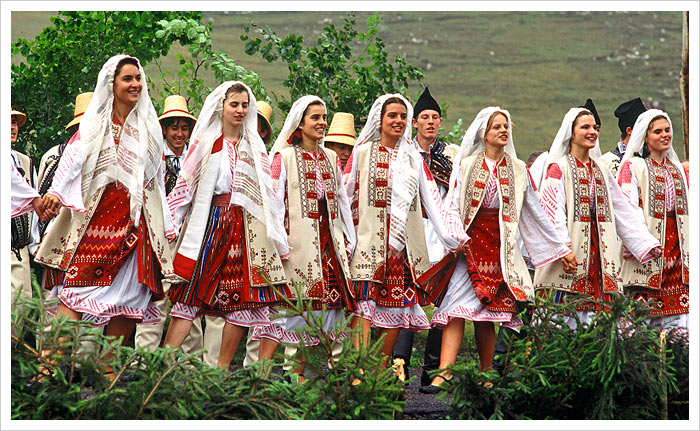Tradition and Folklore
The majority of the Romanian population has always lived in rural areas. Nevertheless, the nation had significant urbanization and industrialization throughout the communist era. Today, 54% of Romanians reside in urban regions.
Modern life has contributed to an increase in cosmopolitanism in metropolitan areas. In some regions of the nation, however, rural customs and folk traditions are still prevalent. For instance, woodworking, weaving, and sheep herding are still prevalent in rural villages.
A lot of Romania's customs and traditions are influenced by the country's long history of folklore. All around Romania, there are various legends about witches, giants, ghosts, spirits, heroes, fairies, and monsters. Many of these date back to the time before Christ. For instance, a number of traditions are observed the night before the Feast of Saint Andrew in an effort to ward off evil spirits from individuals, their homes, and their pets (such as stringing up garlic).
Some would compare this evening to Halloween in Romania. Some people also think that supernatural events do exist (e.g. spirits and witchcraft). This is especially prevalent in rural, traditional places (like Maramures) and among Roma communities. Younger generations and urban Romanians typically do not accept these tales, viewing them rather as cultural superstitions.













